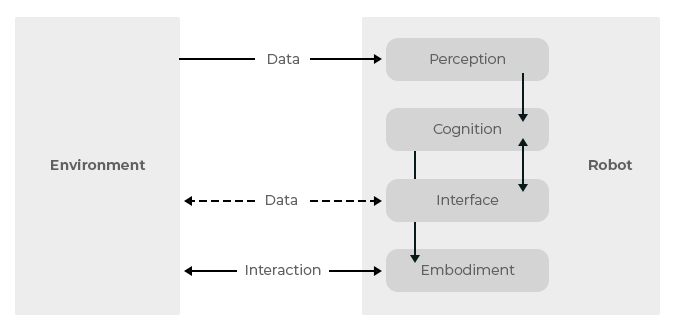
Research
· our · research ·Our Scientific Program forms the foundation of our product development strategy. Its core objective is to deepen our understanding of how robots can interact more intelligently and safely with their environments and with people.

At PULSAR, we believe that high-performance actuation and physical intelligence must evolve together. Over the past three years, our team has explored the fundamental principles of physical robot–environment interaction, leading to the development of novel metrics and actuator designs that push the boundaries of agility, safety, and proprioception in robotics.
A key outcome of this work is the Generalised Impact Absorption Factor (GIAF) – a universal metric designed to evaluate a robot’s capacity to absorb impact forces. Unlike earlier approaches, GIAF incorporates both robot configuration and actuator inertia, making it suitable for both floating and fixed-base platforms. This metric provides engineers with a valuable tool for assessing joint backdrivability and impact mitigation, ultimately supporting safer and more responsive human–robot collaboration.
We have also contributed significantly to the field of actuator performance characterization. Our research introduces experimental methods for accurately measuring torque bandwidth, backdrive torque, and mechanical backlash. In 2024, we proposed a standardized benchmarking approach, showcasing how real actuator performance can be reliably assessed. These methods have demonstrated that our actuators consistently outperform conventional benchmarks for collaborative and legged robotics applications.


